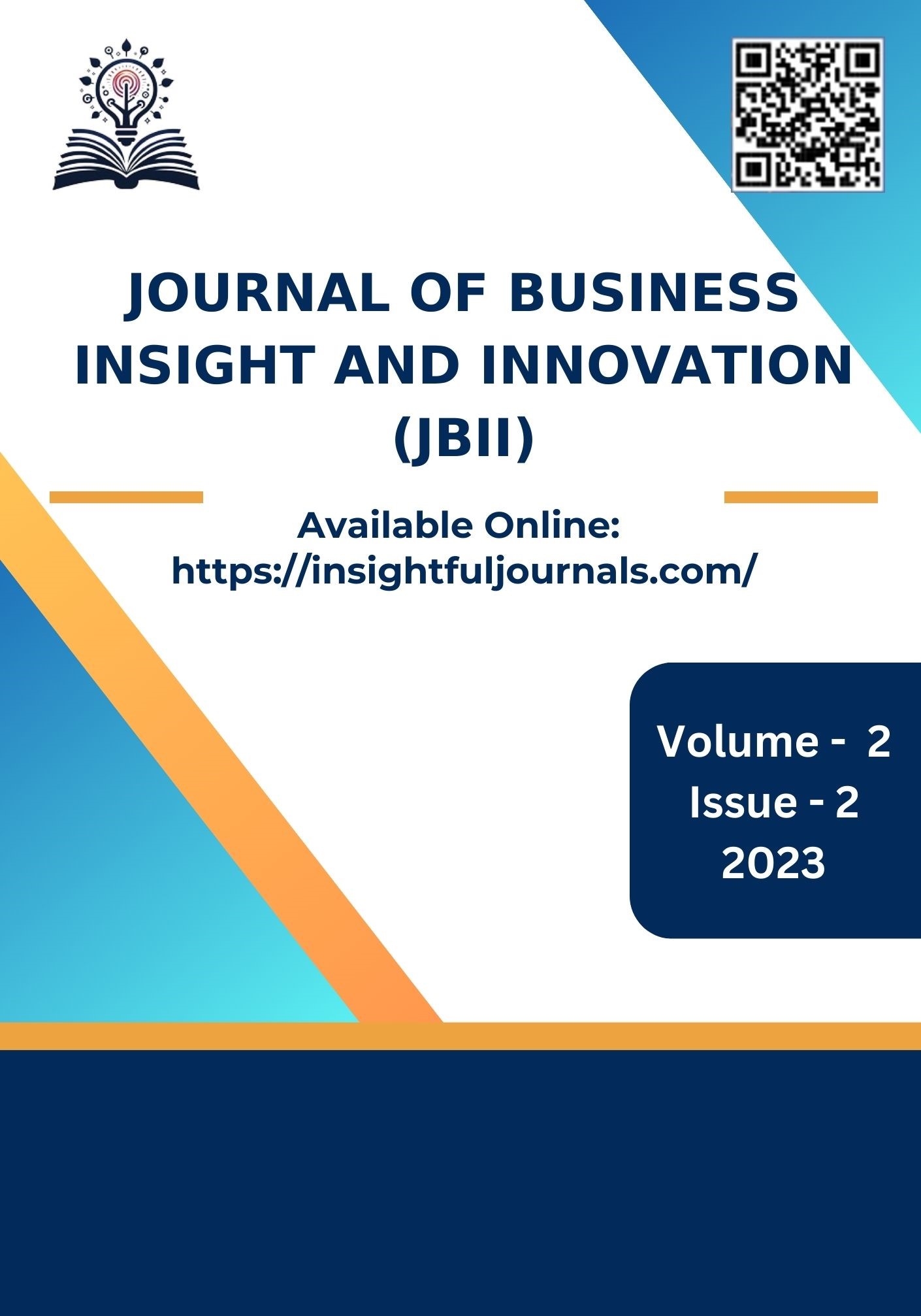The Role of Macroeconomic Discourse in Shaping Inflation Views: Measuring Public Trust in Federal Reserve Policies
Keywords:
U.S. monetary policy, liquidity traps, digital currencies, Central Bank Digital Currencies, inflation targeting, public perception, financial literacy, economic sentiment, Federal ReserveAbstract
This study examines the systemic shifts in the complexities and possibilities in enforcing US monetary policy since the 1930s, focusing on the liquidity trap, digital currency, and inflation targeting. This includes a case study of public perception of the effectiveness of the Federal Reserve’s policies and the adjustment of Central Bank Digital Currencies (CBDC) to foundational macroeconomic problems such as managing liquidity and controlling inflation. Data was collected through a quantitative survey of US residents concerning their perceptions of the existence of liquidity traps, support for modifying the inflation-targeting framework, and extending interest rate manipulations in view of digital currencies. To analyze the demographic profile’s impact on economic sentiment, financial literacy, trust in the Federal Reserve, and the interrelations, more complex statistical analyses were employed: Chi-Square tests, T-tests, ANOVA, and regression models. It indicates significant support for the implementation of digital currency, however most concerns still related to privacy, financial stability, and public acceptance. The study also concludes that new financial innovations or changes in existing ones need correction in the inflation targeting strategy. This study contributes to the debate regarding the evolution of monetary policy and the changes it requires in order to address contemporary economic issues.
References
Akyüz, Y. (2017). Playing with fire: Deepened financial integration and changing vulnerabilities of the Global South. Oxford University Press.
Auer, R., Frost, J., Gambacorta, L., Monnet, C., Rice, T., & Shin, H. S. (2022). Central bank digital currencies: Motives, economic implications and the research frontier. Annual Review of Economics, 14(1), 697–721. https://doi.org/10.1146/annurev-economics-051420-020324
Benhabib, J., Schmitt-Grohé, S., & Uribe, M. (2002). Avoiding liquidity traps. Journal of Political Economy, 110(3), 535–563. https://doi.org/10.1086/339713
Bernanke, B. S. (2017). Federal reserve policy in an international context. IMF Economic Review, 65(1), 1–32. https://doi.org/10.1057/s41308-016-0018-9
Butt, S., & Umair, T. (2023). Nexus among online banking services, perceived value and consumer’s post-adoption behaviour. Journal of Asian Development Studies, 12(4), 1016–1032.
Butt, S., & Yazdani, N. (2023). Relationship between execution of quality management practices and firm’s innovation performance: A review of literature. Journal of Asian Development Studies, 12(3), 432–451.
Das, R., Chandan, H., & Das, M. K. (2022). Is digital money an alternative to conventional money in the Asian emerging economy context of the pandemic? In Digital transformation management (pp. 57–72). Routledge.
De la Torre, A., & Schmukler, S. L. (2007). Emerging capital markets and globalization: The Latin American experience. Stanford University Press.
Duarte, C. B. (2019). Unconventional monetary policies: Past, present and future [Doctoral dissertation, Université Sorbonne Paris Cité; Universidade Federal do Rio de Janeiro].
Fakieh, R. A. (2018). Inflation and exchange rate policies in Saudi Arabia: An inflation targeting perspective [Doctoral dissertation, Manchester Metropolitan University].
Goncalves, M., Alves, J., Frota, C., Xia, H., & Arcot, R. V. (2014). Advanced economies and emerging markets: Prospects for globalization. Business Expert Press.
Heise, M. (2019). Inflation targeting and financial stability. Springer International Publishing.
Jiang, S., Qiu, S., & Zhou, H. (2022). Will digital financial development affect the effectiveness of monetary policy in emerging market countries? Economic Research-Ekonomska Istraživanja, 35(1), 3437–3472. https://doi.org/10.1080/1331677X.2021.2019597
Kaseeram, I. (2012). Essays on the impact of inflation targeting in South Africa [Doctoral dissertation, University of KwaZulu-Natal].
Kokores, I. T. (2023). Looking to the future: Monetary policy in uncharted waters. In Monetary policy in interdependent economies: The task ahead (pp. 217–250). Springer Nature Switzerland. https://doi.org/10.1007/978-3-031-32402-0_9
Lombardi, D., Siklos, P., & St. Amand, S. (2019). A survey of the international evidence and lessons learned about unconventional monetary policies: Is a ‘new normal’ in our future? Contemporary Topics in Finance: A Collection of Literature Surveys, 11–40.
Marsh, L. C. (n.d.). New digital currency (CBDC) monetary policy tool to stop inflation without causing a recession. [Unpublished manuscript].
Nandakumar, G. S. (2022). The political economy of global private currencies. [Publisher details missing].
Prasad, E. (2018). Central banking in a digital age: Stock-taking and preliminary thoughts. Hutchins Center on Fiscal & Monetary Policy at Brookings.
Prasad, E. (2019). New and evolving financial technologies implications for monetary policy and financial stability in Latin America (Working Paper No. 019449).
Ryan-Collins, J., Kedward, K., & Chenet, H. (2023). Monetary-fiscal policy coordination: Lessons from Covid-19 for the climate and biodiversity emergencies.
Sastry, V. V. L. N. (2020). Pump priming and its impact on inflation and currency: A study of China, India and the USA. Idea Publishing.
Stanley, L. (2017). Emerging market economies and financial globalization: Argentina, Brazil, China, India and South Korea. Anthem Press.
Zafar, A. (2023). Emerging markets in a world of chaos. Springer.
Downloads
Published
How to Cite
Issue
Section
License
Copyright (c) 2023 Muhammad Rafiuddin Haque, Md Imran Hossain, Rokeya Begum Ankhi, Araf Nishan, Umma Twaha

This work is licensed under a Creative Commons Attribution-NonCommercial-ShareAlike 4.0 International License.





